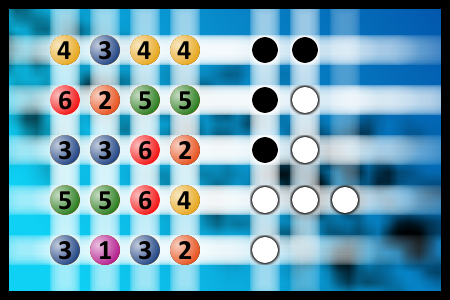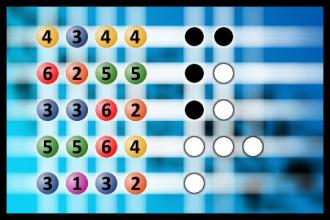What a winning combination?
The computer chose a secret code (sequence of 4 digits from 1 to 6). Your goal is to find that code. Black circles indicate the number of hits on the right spot. White circles indicate the number of hits on the wrong spot.Correct answers: 62
The first user who solved this task is James Lillard.
#brainteasers #mastermind

Like an olympic sprinter
Three women were sitting around talking about their sex lives.
The first said, “I think my husband’s like a championship golfer. He’s spent the last ten years perfecting his stroke.”
The second woman said, “My husband’s like the winner of the Indy 500. Every time we get into bed he gives me several hundred exciting laps.”
The third woman was silent until she was asked, “Tell us about your husband.”
She thought for a moment and said, “My husband’s like an Olympic sprinter.”
“He’s got his time down to under 11 seconds.”

